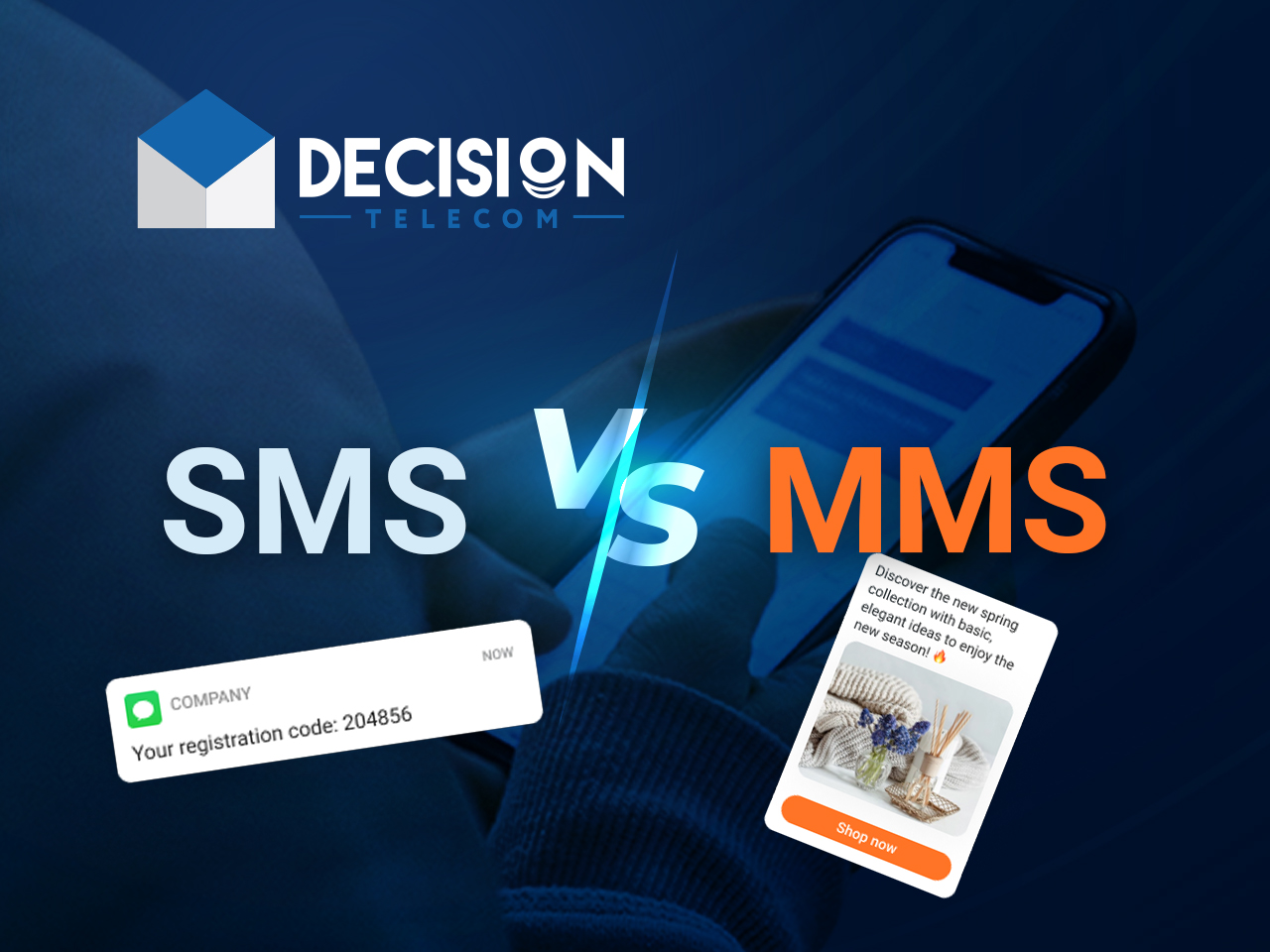MMS Video: The Evolution And Impact On Modern Communication
The advent of MMS video has transformed the way we communicate, bridging the gap between traditional messaging and multimedia sharing. In an era dominated by instant connectivity, the ability to send video clips via mobile devices has revolutionized personal and professional interactions. This article delves into the world of MMS video, exploring its history, technology, applications, and the implications it holds for our daily lives.
MMS, or Multimedia Messaging Service, was introduced as an enhancement to SMS (Short Message Service), allowing users to send multimedia content like images, audio, and video clips. The integration of video into messaging services has opened new avenues for expression, creativity, and communication. Understanding the nuances of MMS video is essential for anyone looking to leverage its potential fully.
In this comprehensive guide, we will cover various aspects of MMS video, including its technical underpinnings, its impact on social media, and its significance in business communication. We'll also touch on the future of MMS technology and the trends shaping its evolution. Join us as we explore the fascinating world of MMS video.
Table of Contents
- 1. What is MMS Video?
- 2. The History of MMS Video
- 3. How MMS Video Works
- 4. Applications of MMS Video
- 5. The Impact of MMS Video on Social Media
- 6. MMS Video in Business Communication
- 7. The Future of MMS Video Technology
- 8. Conclusion
1. What is MMS Video?
MMS video refers to the ability to send video content via the Multimedia Messaging Service. Unlike traditional SMS, which is limited to text and simple media, MMS allows users to share rich media files, including videos up to a certain size, typically around 300KB to 600KB, depending on the service provider.
Key Features of MMS Video
- Supports various multimedia formats, including video, images, and audio.
- Allows for easy sharing and distribution among mobile devices.
- Enhances communication through visual storytelling.
2. The History of MMS Video
The journey of MMS video began in the early 2000s when mobile carriers started to explore ways to enhance mobile messaging. The first official MMS was sent in 2002, marking a significant milestone in mobile communication. As technology advanced, the capabilities of MMS expanded, allowing for longer videos and improved quality.
Timeline of Key Developments
- 2002: Launch of the first MMS service.
- 2005: Introduction of 3G networks, enabling faster data transmission.
- 2010: Increased adoption of smartphones, leading to a surge in MMS usage.
3. How MMS Video Works
MMS video operates through a combination of mobile data networks and multimedia protocols. When a user sends an MMS video, the file is uploaded to the service provider's server, which then delivers it to the recipient's device. The process involves several technical components, including:
Technical Components of MMS Video
- Mobile Data Networks: Facilitates the transmission of multimedia content.
- MMS Gateway: Acts as a bridge between the sender's and receiver's networks.
- Protocols: Utilizes standards like WAP (Wireless Application Protocol) for content delivery.
4. Applications of MMS Video
MMS video has a wide range of applications across various domains. Some notable uses include:
Personal Communication
- Sharing memorable moments with friends and family.
- Creating engaging content for social media platforms.
Marketing and Advertising
- Businesses utilizing MMS video for promotional campaigns.
- Sending product demonstrations to potential customers.
5. The Impact of MMS Video on Social Media
The rise of social media has significantly influenced the popularity of MMS video. Platforms like Instagram and Snapchat have integrated video sharing into their core functionalities, encouraging users to express themselves creatively.
Statistics on Video Usage
According to recent studies, video content is projected to account for over 82% of all consumer internet traffic by 2022. This trend underscores the growing importance of video in communication and marketing strategies.
6. MMS Video in Business Communication
MMS video is increasingly being adopted in the corporate world for various purposes, including internal communications, training, and client engagement.
Benefits for Businesses
- Enhances engagement through visual content.
- Facilitates clearer communication of complex ideas.
7. The Future of MMS Video Technology
As technology continues to evolve, the future of MMS video looks promising. Advancements in mobile connectivity, such as 5G, will enable higher quality video transmission and faster delivery times.
Emerging Trends
- Integration with augmented reality (AR) and virtual reality (VR).
- Increased use of AI in video editing and content creation.
8. Conclusion
In summary, MMS video has significantly altered the landscape of communication, providing a versatile platform for sharing content across various channels. Its applications in personal, social, and business contexts continue to grow, making it a vital tool in today's digital age. As we look ahead, embracing the potential of MMS video can lead to more engaging and effective communication strategies.
We invite you to share your thoughts on the impact of MMS video in your life or business. Leave a comment below, and don't forget to explore our other articles for more insights into the world of technology and communication.
Thank you for reading, and we hope to see you back here for more informative content!
Eva Green Relationships: A Deep Dive Into The Life Of The Enigmatic Star
Understanding Leak MMS Videos: Causes, Implications, And Prevention
Leaked MMS Desi: Understanding The Controversy And Its Impact On Privacy

/what-is-sms-mms-iphone-2000247-Final-5c38a50846e0fb0001673a66.png)
